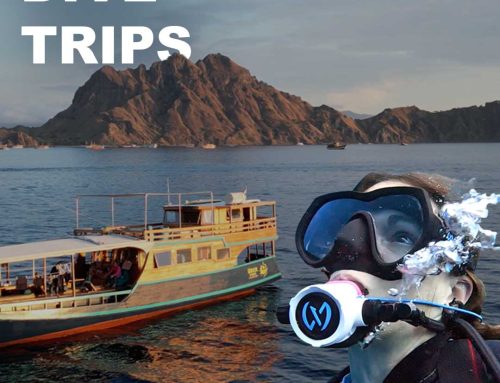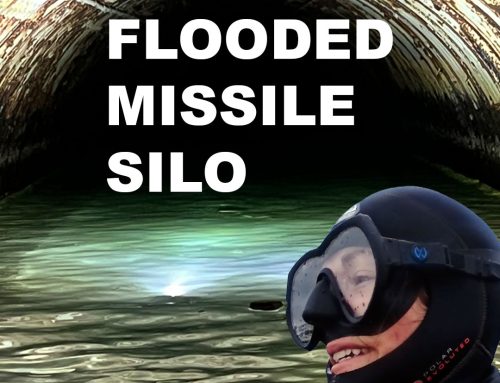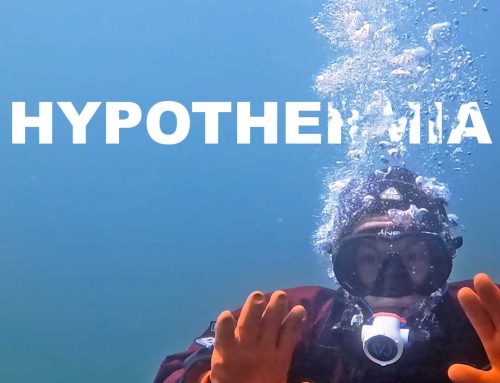You open your eyes, the light that bathes the horizon blinds your sight. All your senses are in feeling the sea breeze, you enjoy the silence, refresh your feet in the crystal clear water that you can see full of life. You start walking barefoot, you feel free, you are happy enjoying nature and your vacations. Suddenly you realize that the beach which you are walking in has pink sand and you are puzzled by such beauty.
The pink beach or Pantai Merah (means red in Indonesian and that’s what they call it here) is definitely one of the attractions that tourists are excited to see when they visit the Komodo National Park. The beach is on the island of Komodo and is easily accessible by boat with one of the many tours that depart from Labuanbajo and transport you to the magical waters of the National Park.
What to do on the pink beach in Komodo?
The beach is the perfect place to immerse yourself in its waters to snorkel, enjoy the varied amount of corals that live there, as well as many tropical fish species. A dream place where you can spend a couple of hours of your vacation, strolling in its pink sands while you tan and enjoy some of the best views of the Park.
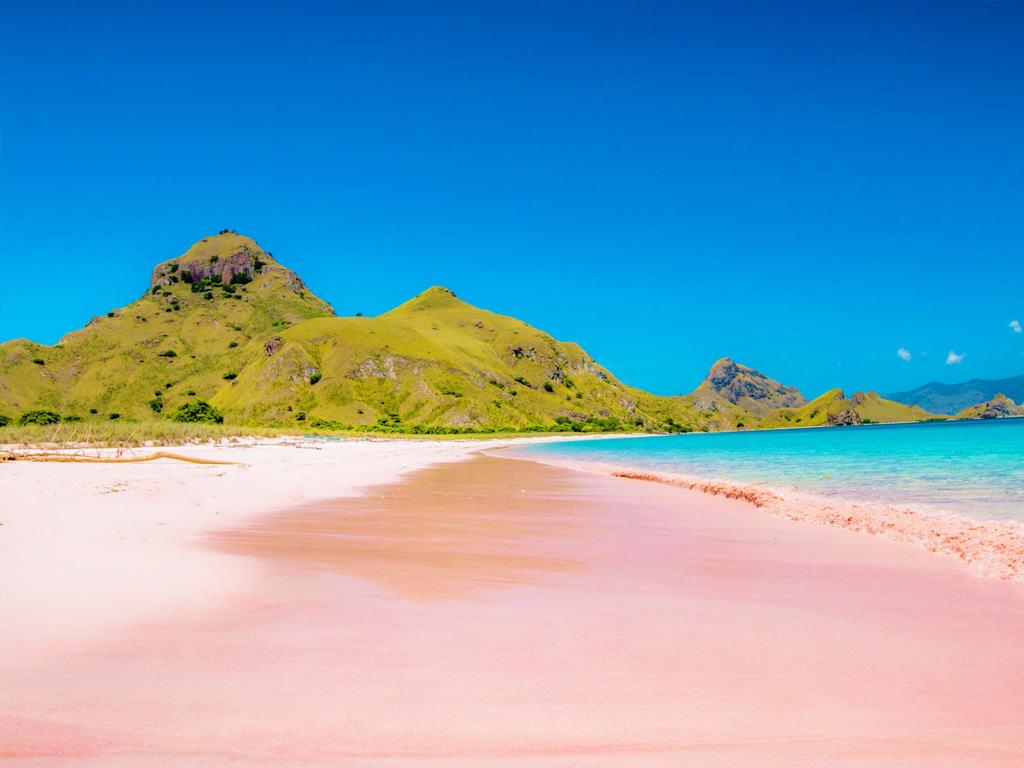
Why is it pink???
The beach is characterized by the pink color of its sand. But have you ever wondered why sand that is normally white acquires that color?
Doing a bit of research I found the answer to my question. At first, I thought that the ones responsible for the color of the sand were the corals themselves, which, once eroded, left small colored particles in the sand. But of course that was not convincing because we all know that the corals once dead, all they leave is their calcareous white skeleton, since the zooxanthellae that give it its characteristic color disappear when the corals die. The answer is that obviously what produces the pink color must be alive! The color is therefore due to other organisms called foraminifera.
The foraminifera is fundamental organisms in the trophic network of all the seas of the planet. They also have a huge scientific interest, because they help researchers unravel what the oceans and their ecosystems were like in the past. Therefore, although we do not see them, their imprint is evident in all the places where we submerge.
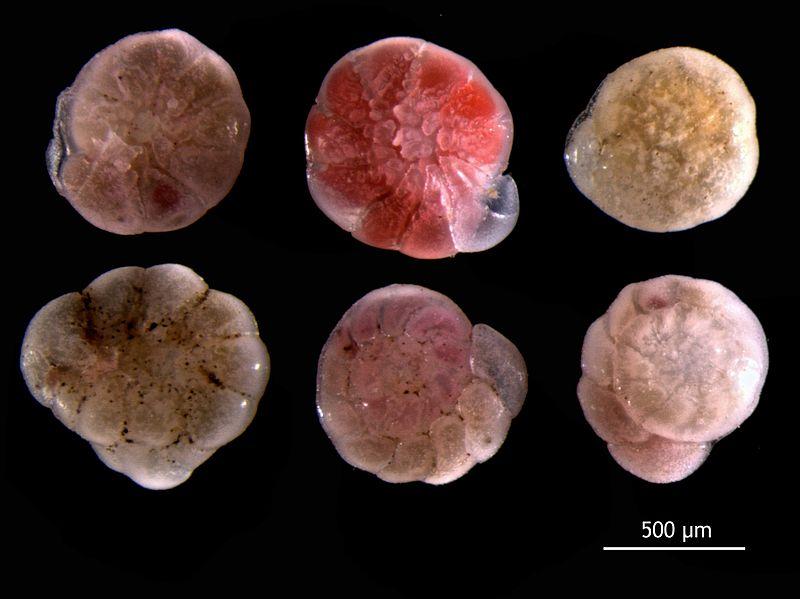
The foraminifera is amoeboid protists, mainly marine, that have a shell or exoskeleton constituted by several chambers connected to each other through small holes called foramens, hence its name. Colloquially, they are sometimes called “living sands” in reference to their benthic habitat on the sea floor, mimicking the sand. These organisms, in fact, can have unicellular algae as endosymbionts such as green, red algae, diatoms or dinoflagellates.
When to go
The best time to visit the island are the months that go from April to June, just after the rainy season. Between September and November is also a good time and you can also see mantas. During the summer it is too windy and there is a greater number of tourists so be prepared not to be the only one visiting the beach.
When you come remember to leave no sign that you were there. Avoid leaving plastics or debris on the island. Please do not take sand from the beach and remember to hydrate and protect yourself from the sun properly (there are ecological creams that are not harmful to marine fauna).
I hope to see you soon here and enjoy your well-deserved vacation.
Buen Azul!
Sergio Palazuelos
PADI MSDT
Azul Unlimited
We teach responsible scuba divers and ocean protectors. The brand is run by PADI IDC Staff Instructor Sarah Valdez who teaches scuba diving in person and on YouTube. Now she travels around the states and Mexico in her van scuba diving in new and different places. Follow her adventures on YouTube, Instagram, Facebook, and TikTok or join the Azul scuba community on Patreon.
Azul Unlimited is partnered with Azul Komodo, a top PADI IDC Center in Labuan Bajo, Indonesia offering daily dive trips to the Komodo National Park. Contact their team directly for an unforgettable experience diving in one of the top dive destinations in the world!







